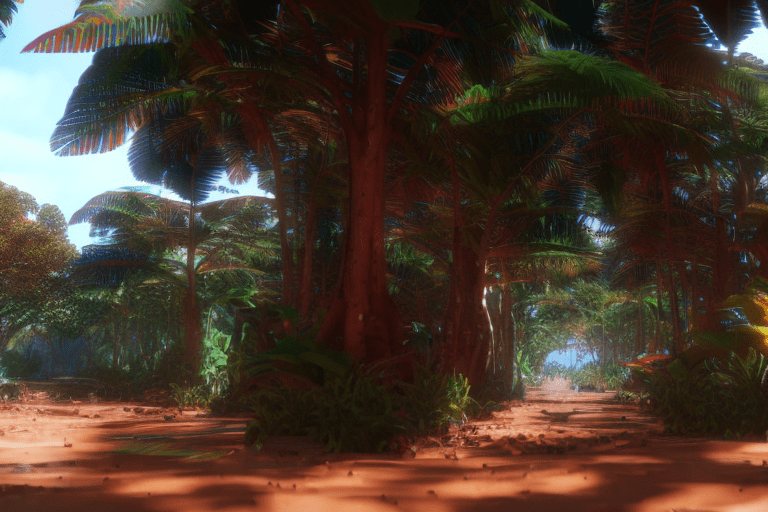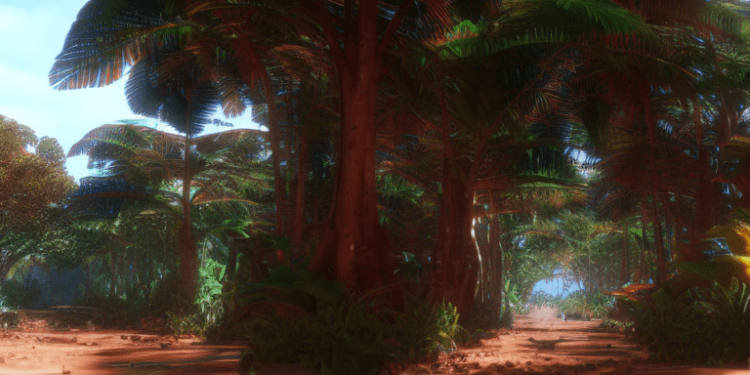Cyclone Freddy is on track to bring extreme winds and significant flooding to Madagascar early this week. As the first Category 5 storm of 2023, Freddy is the second-strongest of only five February Category 5 storms ever recorded. With winds of up to 165 mph, the storm is expected to hit Madagascar as a Category 3 or Category 4 storm on Tuesday, bringing with it dangerous coastal surge and wind damage.
The storm also brings heightened flooding threats due to the recent Cyclone Cheneso, which killed at least 33 people, left 34,000 homeless, and saturated soils across the island nation. According to the Joint Typhoon Warning Center, Freddy peaked with 165 mph winds at 0Z Feb. 16 (7 p.m. EST Feb. 15). This makes Freddy one of only five category 5 storms ever recorded in February on Earth.
In preparation for the storm, Madagascar has issued a red alert and is urging residents to take necessary precautions. The government has also set up emergency shelters and is providing food and medical supplies to those in need. As Cyclone Freddy approaches, it is important for residents to stay informed and follow the advice of local authorities. With proper preparation, the impacts of this powerful storm can be minimized.
FAQ
Q1. How electric car batteries work?
A1. Electric car batteries are typically lithium-ion batteries that store energy and power the motor. They are recharged by plugging the car into an electric outlet or charging station.
Q2. What electric car has the longest range?
A2. The Tesla Model S has the longest range of any electric car currently on the market, with a range of up to 370 miles on a single charge.
Q3. How electric car batteries are recycled?
A3. Electric car batteries are recycled by breaking them down into their component parts and then separating out the metals, plastics, and other materials for reuse. The metals are melted down and reused in new products, while the plastics and other materials are recycled into new products.







